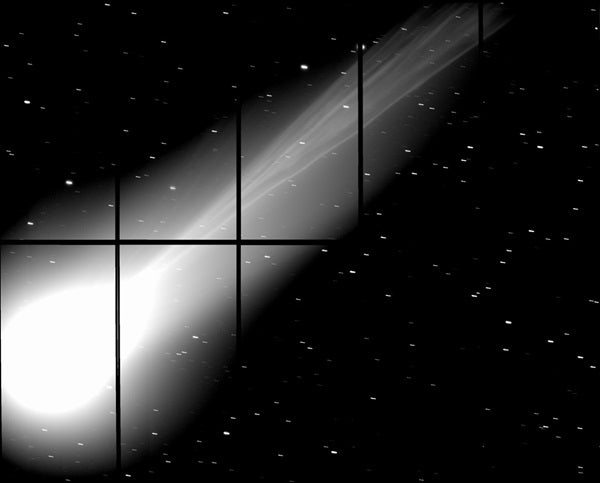The mission has further observed and characterized 245 previously known near-Earth objects. From December 2013 to December 2014, NEOWISE discovered three new comets and observed 32 others. One of the others has turned into the brightest comet in Earth’s night sky in early 2015, Comet Lovejoy (C/2014 Q2).
NEOWISE always looks in the dawn and twilight skies — the direction perpendicular to a line between Earth and the Sun. This unique vantage point makes it easy for NEOWISE to spot NEOs that get particularly close to Earth.
Originally called the Wide-field Infrared Survey Explorer (WISE), the spacecraft was placed in hibernation in 2011 after its primary mission was completed. In September 2013, it was reactivated, renamed NEOWISE, and assigned a new mission to assist NASA’s efforts to identify the population of potentially hazardous near-Earth objects. NEOWISE is also characterizing previously known asteroids and comets to provide information about their sizes and compositions.
NEOWISE is a space telescope that scans the skies for asteroids and comets. The telescope sees infrared light, which allows it to pick up the heat signature of asteroids and obtain better estimates of their true sizes. As a result, NEOWISE can see dark asteroids that are harder for visible-light surveys to find. Nearly all of the NEOWISE discoveries have been large (hundreds of yards, or meters, wide) and very dark, similar to printer toner. When NEOWISE’s infrared data on an object is combined with that of a visible-light optical telescope, it helps scientists understand the object’s composition.










